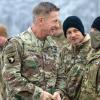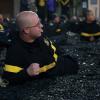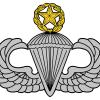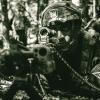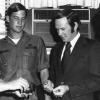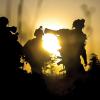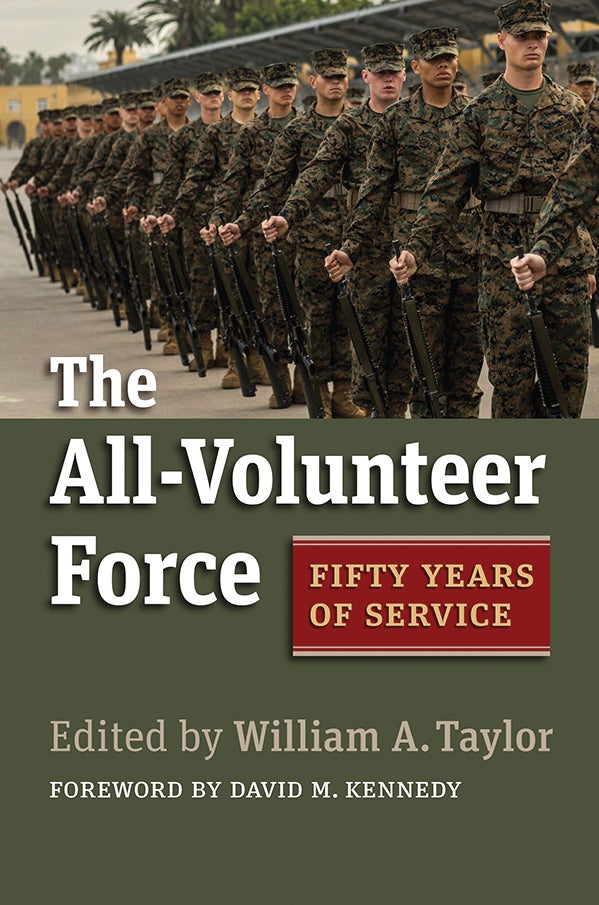Soldiering Continues After Shooting Stops
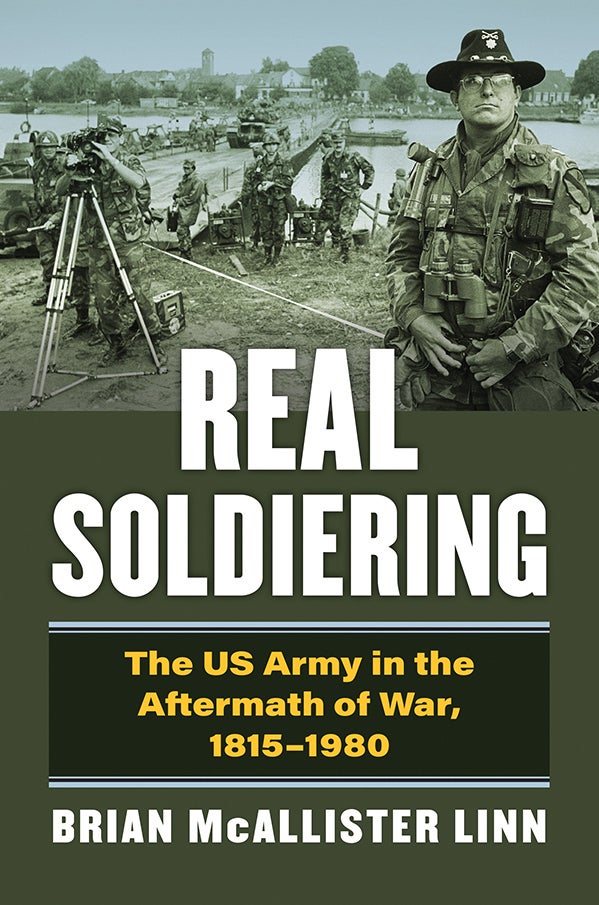
Real Soldiering: The US Army in the Aftermath of War, 1815–1980. Brian McAllister Linn. University Press of Kansas. 336 pages. $44.95
By Col. Kevin Farrell, U.S. Army retired
Brian McAllister Linn has found an important but largely overlooked question in the history of the U.S. Army: What happens when the battles are over and peace (or at least a truce) is in place?
His new book, Real Soldiering: The US Army in the Aftermath of War, 1815–1980, is an interesting investigation of what any Army veteran would know as the “Old Army,” that...




